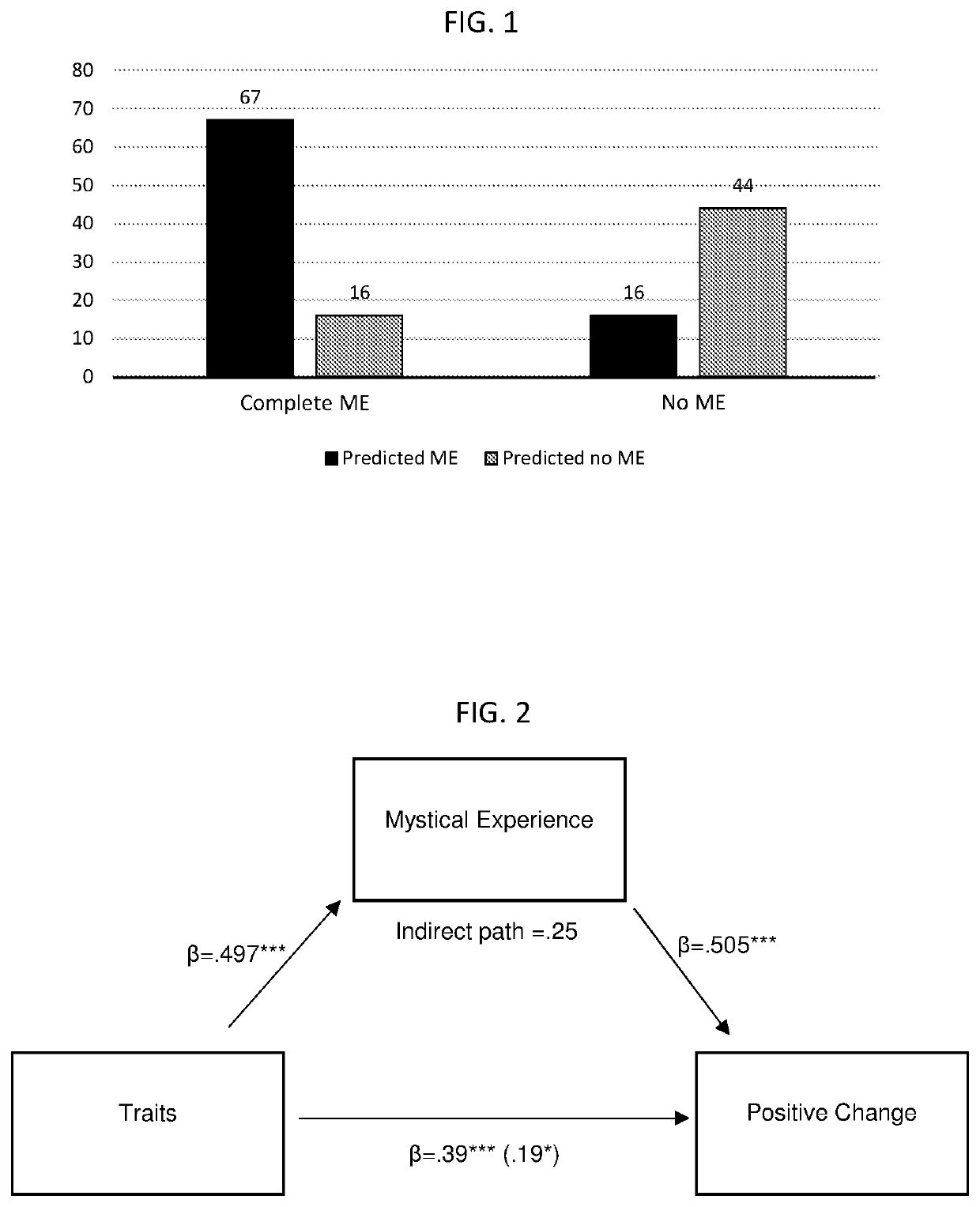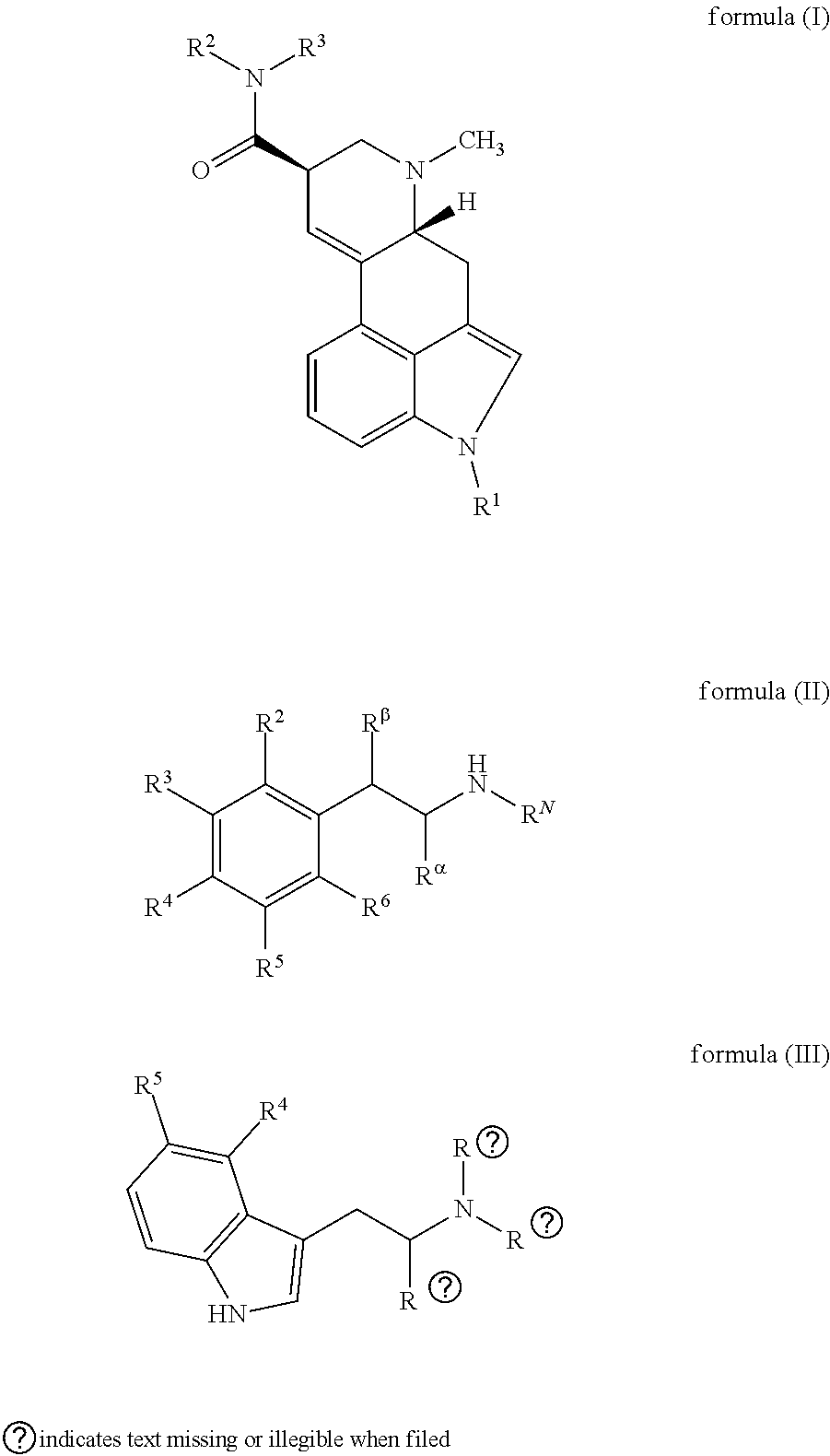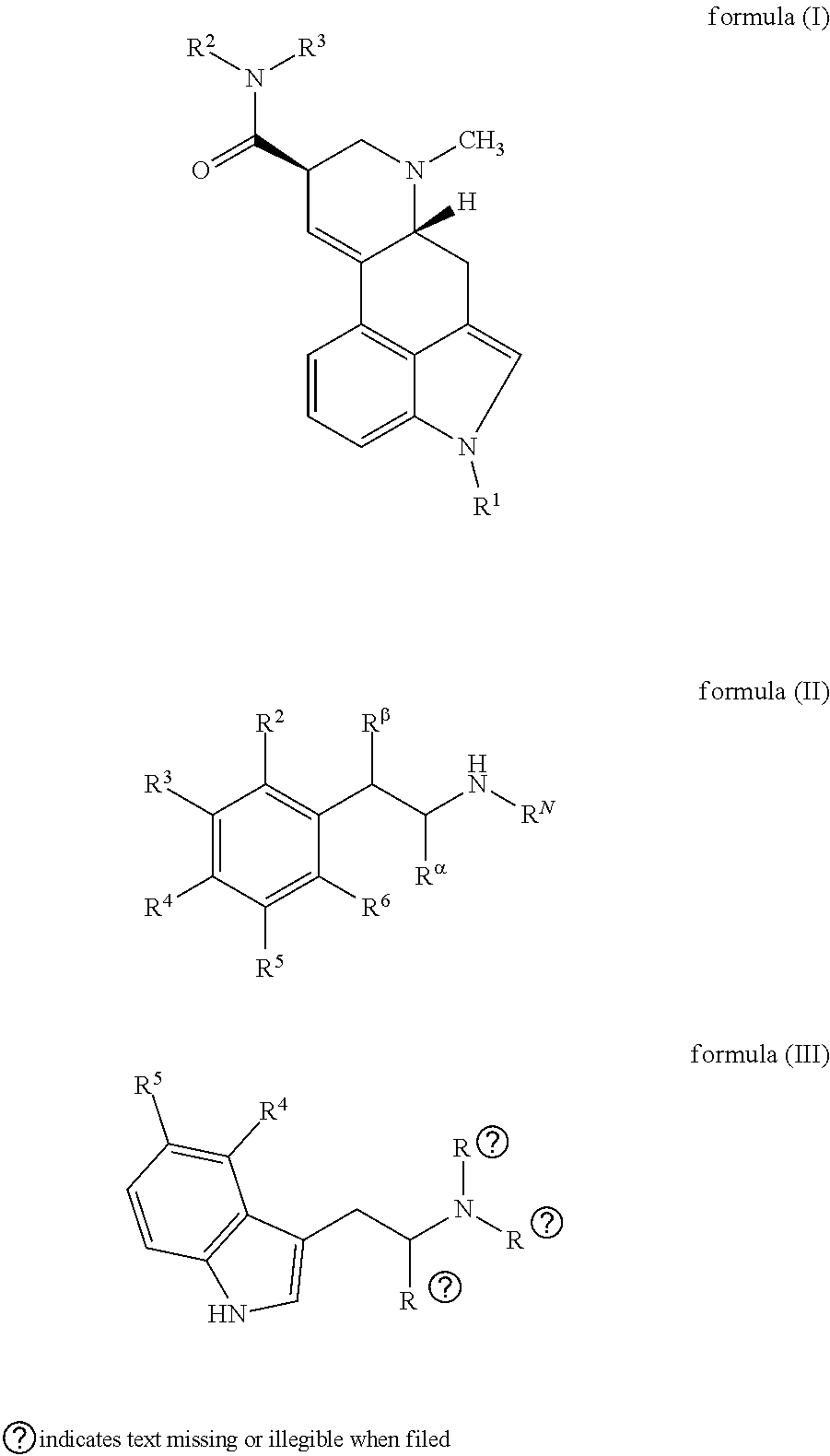Assessing and treating psychedelic-responsive subjects
a psychedelic and subject-responsive technology, applied in the field of assessing and treating psychedelic-responsive subjects, can solve the problem of not having a systematic approach to identify individuals, and achieve the effects of promoting weight loss, improving mental or physical well-being of subjects, and positive therapeutic respons
- Summary
- Abstract
- Description
- Claims
- Application Information
AI Technical Summary
Benefits of technology
Problems solved by technology
Method used
Image
Examples
example 1
s of Psychedelic-Induced Mystical Experience and Positive Response
[0159]The following study developed and characterized a set of mental state and trait predictors of mystical experience (ME) to identify predictors of positive response to psilocybin treatment.
Methods
[0160]A retrospective survey study was conducted based on crowdsourced online data gathered from individuals who had volitionally consumed psilocybin within the past year. Data were collected about participants' traits and demographic background, and then individuals were primed to recall their life experience before, at the time of ingestion, during, and after the psilocybin before completing scales to measure hypothesized traits and states. Previously validated scales were used where available (e.g., Tellegen Absorption Scale, MEQ30), and new scales were developed and tested for traits and states without existing measures (mental barriers, identity distress, state of surrender). A hierarchical regression model was used ...
example 2
n of Predictors Identified in Example 1 and Identification of New Predictors
[0230]The purpose of this study was to replicate the findings of Example 1 in a separate sample from which more information could be collected related to dosage and setting factors. Such a replication, using different measures of adverse and mystical experience, sought to lessen the limitations of retrospective data and strengthen the coherence of the constructs surrender and preoccupation as predictors of response to psilocybin. The study of this Example thus serves three key purposes: (1) to test a conceptual replication of the regression model predicting response to psilocybin found in Example 1 on a distinct second sample using different dependent measures, (2) to test the importance of additional hypothesized predictors on mystical and adverse experience, and (3) to explore the relationship between optimal response to psilocybin and long-term positive change.
Methods
[0231]Participants were U.S. residents...
example 3
s of Meditation-Induced Mystical Experience and Positive Response
[0299]The following study was performed to develop and characterize a set of mental state and trait predictors of mystical experience (ME) and to identify predictors of positive response to intensive meditation.
Methods
[0300]Participants
[0301]Participants were selected from a U.S. population who had participated in an intensive meditation retreat of three or more days in the past year. Participants were recruited through Amazon Mechanical Turk (MTurk), an online source in which individuals participate in survey studies for small cash compensation. The final screened sample consisted of 110 valid responses with 48 males (43.6%) and 62 females (56.4%), and an average age of 31.8 (SD=9.91) ranging from 19 to 61 years of age. Twenty-one percent of participants had a graduate degree or some graduate education, 40% had completed a Bachelor Degree, 20% reported that they had some college, 14% had completed an Associate Degree,...
PUM
| Property | Measurement | Unit |
|---|---|---|
| physical well-being | aaaaa | aaaaa |
| weight loss | aaaaa | aaaaa |
| psychological disorder | aaaaa | aaaaa |
Abstract
Description
Claims
Application Information
 Login to View More
Login to View More - R&D
- Intellectual Property
- Life Sciences
- Materials
- Tech Scout
- Unparalleled Data Quality
- Higher Quality Content
- 60% Fewer Hallucinations
Browse by: Latest US Patents, China's latest patents, Technical Efficacy Thesaurus, Application Domain, Technology Topic, Popular Technical Reports.
© 2025 PatSnap. All rights reserved.Legal|Privacy policy|Modern Slavery Act Transparency Statement|Sitemap|About US| Contact US: help@patsnap.com



